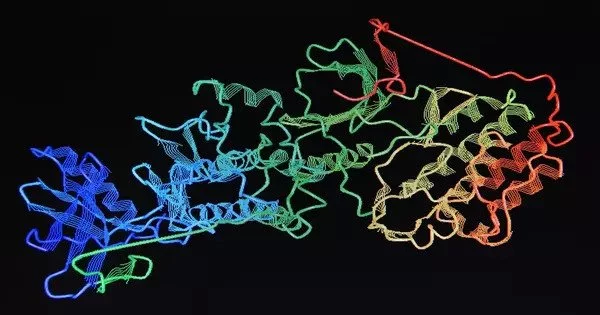Peptide sequences are genetically grafted onto recombinant proteins to form protein tags. Short amino acid sequences that are genetically modified and linked to a protein of interest are known as epitope tags or fusion tags. Tags are attached to proteins for a variety of reasons. They can be added to either end of the target protein, making them specific to either the C-terminus or the N-terminus, or both. Internal tags are tags that are placed at specific locations within the protein of interest. These tags have a variety of applications in molecular biology and protein studies.
Some common uses of protein tags include:
- Protein Purification: These make it easier to extract the tagged protein from a complicated combination, such as cell lysates. Affinity chromatography is a common purification method in which the tag specifically binds to a ligand or resin, allowing for easy isolation of the tagged protein.
- Protein Detection: These can be used to detect and visualize proteins in cells or tissues. Western blotting, immunohistochemistry, and other analytical procedures can be performed using antibodies or other molecular probes that specifically detect the tag.
- Protein Localization: Tags can assist researchers in studying a protein’s subcellular distribution within a cell. By attaching a protein tag to the target protein, the protein’s location can be tracked using fluorescence microscopy or other imaging methods.
- Protein Expression: These can be used to enhance the expression and stability of the target protein. Some tags, such as the green fluorescent protein (GFP), are not only useful for visualization but can also increase protein solubility and expression.
Affinity tags are added to proteins so that they can be refined using an affinity method from their crude biological source. Chitin binding protein (CBP), maltose binding protein (MBP), Strep-tag, and glutathione-S-transferase (GST) are examples of affinity tags. The poly(His) tag is a common protein tag that attaches to matrices containing immobilized metal ions.
Commonly used protein tags include:
- His-tag (histidine tag): Binds to nickel or cobalt resins in metal affinity chromatography, allowing for purification.
- FLAG tag: A short peptide that can be recognized by an anti-FLAG antibody, commonly used for protein detection and purification.
- Myc tag: Derived from the c-Myc oncoprotein, used for protein detection and localization.
- HA tag (hemagglutinin tag): A small tag derived from the influenza virus hemagglutinin protein, used for protein detection and purification.
- GST tag (glutathione S-transferase tag): Allows purification of the tagged protein by binding to glutathione-coated resins.
Solubilization tags are used to aid in the proper folding of proteins and prevent them from aggregating in inclusion bodies, particularly for recombinant proteins generated in organisms such as E. coli. Thioredoxin (TRX) and poly(NANP) are two of these tags. Some affinity tags, such as MBP and GST, also function as solubilization agents.
















